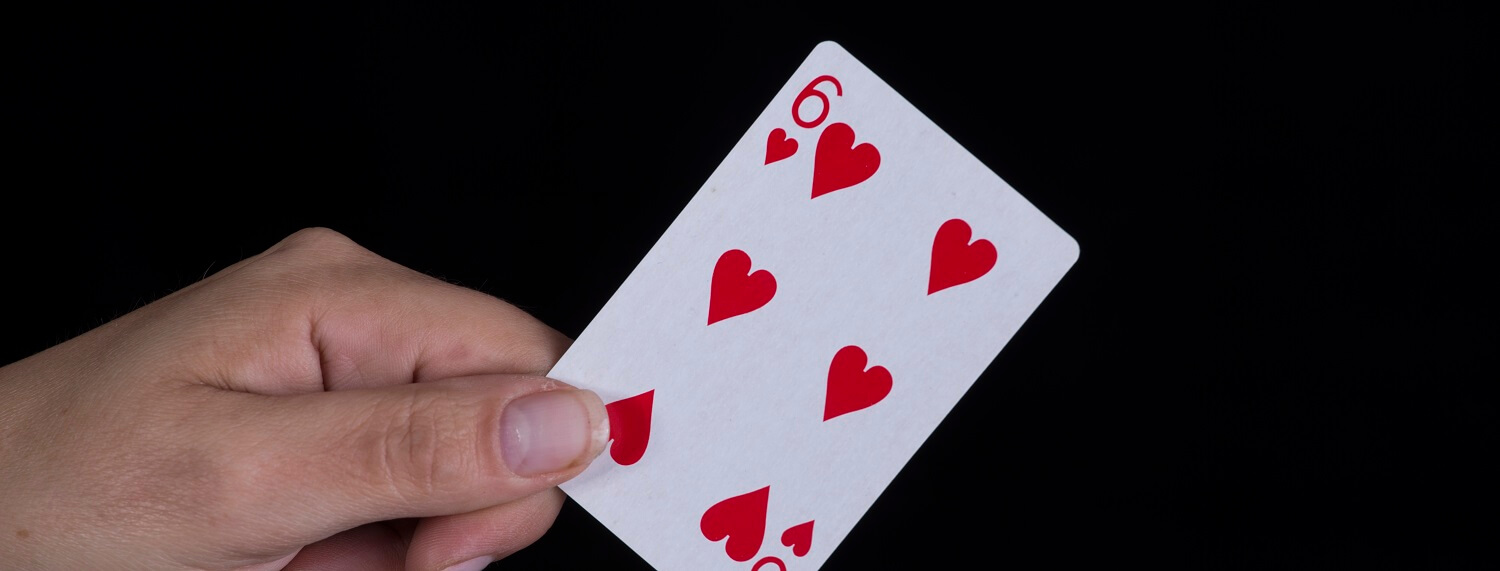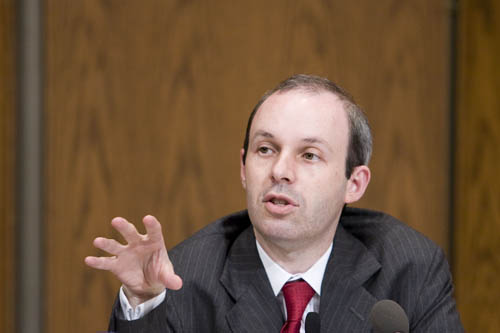Poker is a game that never stops evolving, as new formats rise in popularity to keep the global ecosystem fresh and interesting when old variants start to feel stale. One of the new variations that saw a huge increase in popularity this year was short deck poker, a game that uses the same basic rules as Texas Hold’em, but without the lowest cards in the deck.

While short deck poker has been around for a few years now, there’s no doubt that 2018 was a breakout year, as some of the biggest tournament series in the world included the format among their offerings. With more big hands creating more action, short deck poker should continue to draw new fans in 2019 and beyond.
Phil Ivey, Triton Introduce World to Short Deck Game
Heading into 2018, short deck poker had only ever really been played as a cash game format, primarily among high rollers looking to elicit more action between professionals and wealthy amateurs. But that changed in May, when the Triton Super High Roller Series Montenegro included the variant in its list of events.
The event proved popular, even with a very high price tag. While it cost KHD 250,000 ($32,000) to enter, 61 players took part, with none other than Phil Ivey taking down the HKD 4.75 million ($610,000) top prize.
That was hardly the end of short deck’s ascendance in 2018. That very same series in Montenegro featured a HKD 1 million ($128,000) buy-in short deck poker event, which saw an impressive 103 entrants take part. That tournament would ultimately be won by Jason Koon.
The Triton series continued to offer short deck poker events at its later stops throughout the year, including in Korea, where three of the five events in Jeju used the format. And with players responding positively to the idea, it was only a matter of time before other organizers fell in line and began to offer the game themselves.
What is Short Deck Poker?
Short deck poker was first played in 2014, gaining popularity in high stakes cash games in Macau and other Asian poker hotbeds. The game is played like Texas Hold’em, but with the twos through fives removed from the deck before play, meaning only 36 cards are used. Because of this change, hand probabilities are altered, causing a flush to be ranked above a full house. Some short deck games also rank three of a kind above a straight, though this was not the case in the Triton tournaments held in 2018.
Short Deck for the Masses
A $10,000 short deck tournament was included in the 2018 Poker Masters series at the Aria Resort in Las Vegas this September. The Aria also announced plans to see how the format played with a wider audience, announcing that on Dec. 2, the casino would replace two of its daily hold’em tournaments with short deck events to see if the variant will prove just as popular outside of the high roller circuit.
Naturally, the format is also making its way online, with Americas Cardroom introducing short deck cash games in September. As PokerStars experiments with different formats, there are signs that the company could have plans to introduce short deck to its client in the near future as well.
Only time will tell if short deck is a flash in the pan, a permanent staple of nosebleed cash games and tournaments, or the next big thing in the poker world. But as 2018 has shown, there’s still room for innovation in poker – meaning there’s plenty of reason to stick to the game even if you start to get bored of Texas Hold’em.


